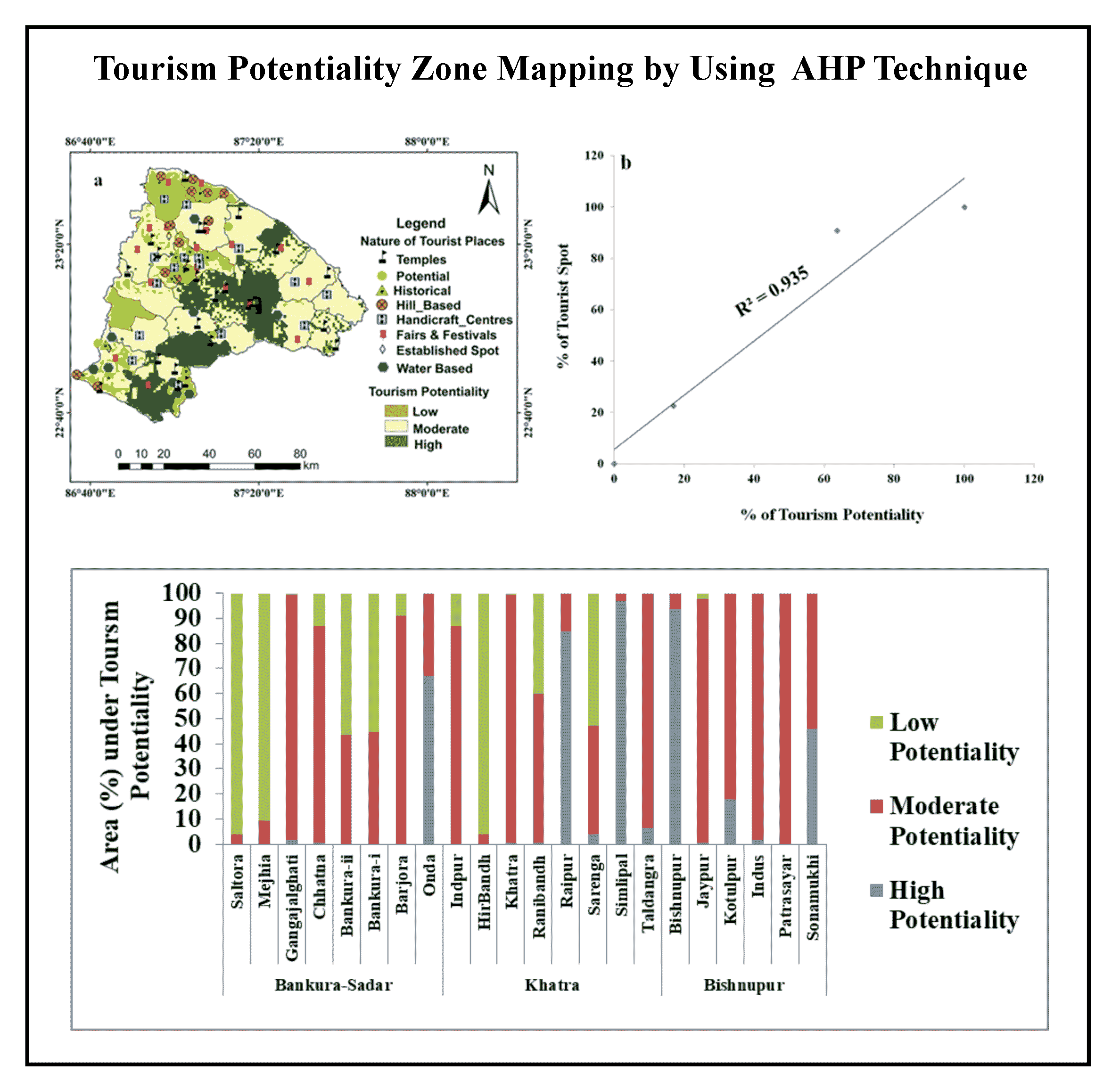Article Title :
Assessment of Water Footprint in Selected Crops: A State Level Appraisal 
1 (2017)
11-25
Crops , Consumption , Water demand , Virtual water , Water footprint , Water stress


Every commodity or goods has intake of water i.e. either in processing or furnished stage. Thus, the present study propensities macro-level (states-level) water footprint (WFP) assessment of selected eight crops namely, Wheat, Barley, Maize, Millets, Rice, Sorghum, Soybeans and Tea. The aim of present research is to assess water use in selected crops at field level. In addition, the spatial evaluation at state level also considered as one of the significant objective to understand regional disparity and/or similarly. Methodology and approach of assessment was adopted from Water Footprint Assessment Manual (2011). Data was collected from state Agricultural Directorate, National Bureau of Soil Survey and landuse, published reports and online database such as FAOSTAT, WMO, WFN, and agriculture census. Results show that green component of WFP contributes large fraction as about 72 percent, while blue and grey component amounted of about 19 and 9 percent of the total water consumption, respectively. Moreover, spatial variability of blue, green and grey among the states assimilated by soil regime and climate barriers. Supply of blue water is high where the region imparted to semi-arid or arid land. Consequently, a balanced approach between green and blue water use has been recommended in the present study to address increasing water demand in the future.

The article analysed water footprint for Wheat, Barley, Maize, Millets, Rice, Sorghum, Soybeans and Tea at macro level in India.
Green component estimates 72%, blue 19% and grey 9% of the total water consumption in production of commodities in India.
Utter Pradesh is the highest WFP consumer while North-Eastern states are the lowest.
Sorghum, Soybeans, Maize, Barley, Wheat and Rice consume more WFP in India.
Aldaya, M. M. and Llamas, M. R., 2008. Water footprint analysis for the Guadiana river basin. Value of Water Research Report Series, 35, Delft, The Netherlands: UNESCO–IHE.
Allan, T., 2001. The Middle East Water Question: Hydropolitics and the Global Economy. London: I B Tauris and Co.
Falkenmark, M., 1997. Meeting Water Requirement of an Expanding World Population. Philosophical Transection, The Royal Society of London., 929-936.
Falkenmark, M. and Lundqvist, J., 1995. Looming Water Crisis: New Approaches are inevitable. In L. Ohlsson, Hydropolitics, 288-321. London, UK: Zed Books Ltd.
Falkenmark, M. and Widstrand, C., 1992. Population and Water Resources: A Delicate Balance. Population Bulletin (Population Reference Bureau), 4-5.
Gleick, P. H., 1993. Water in Crisis. Oxford University Press, London.
Gleick, P. H., 1998. The World’s Water. Island Press, Washington DC.
Guardian, 2013. How much water is needed to produce food and how much do we waste. Access on 14 November, 2015.
Hoekstra, A.Y., Chapagain, A. K.., Aldaya, M. M., and Mekonnen, M. M., 2011. The Water Footprint Assessment Manual: Setting the Global Standard. Earthscan, London.
Moon, B. K., 2008. Address as prepared for delivery to the Davos World Economic Forum. Davos, Switzerland, January 24, 2008.
Nace, R., 1967. Are We Running out of Water? Circular No. 536. United States Geological Survey (USGS), Washington DC, USA.
Rao, K. L., 1971. India's Water Wealth. Orient Longman's Ltd, New Delhi, India.
Shiklomanov, I. A., 1990. Global Water Resources. Nature and Resources 26 (3), 34-43.
Shiklomanov, I. A., 1993. World Fresh Water Resources. In Water in Crisis, by P H Gleick, 12-25. Oxford University Press, London.
Shiklomanov, I. A., 1996. Assessment of Water Resources and Water Availability in the World. Background Report to the Comprehensive Freshwater Assessment. (I. A. Shiklomanov, Ed.) State Hydrological Institute, St. Petersburg, Russia.
Shiklomanov, I. A., 1998. World Water Resources: A New Appraisal and assessment for the 21st Century. UNESCO Cambridge University Press, UK.
UNESCO, 2003. World Water Resources at the Beginning of the Twenty-First Century. (Eds.) I.A. Shiklomanov and Rodda, J.C. Cambridge University Press, UK.
Verdegem, M. C. J., Bosma, R.H., and Verreth, J. A. J. 2006. Reducing water use for animal production through aquaculture. International Journal of Water Resources Development, 22 (1), 101-113.





